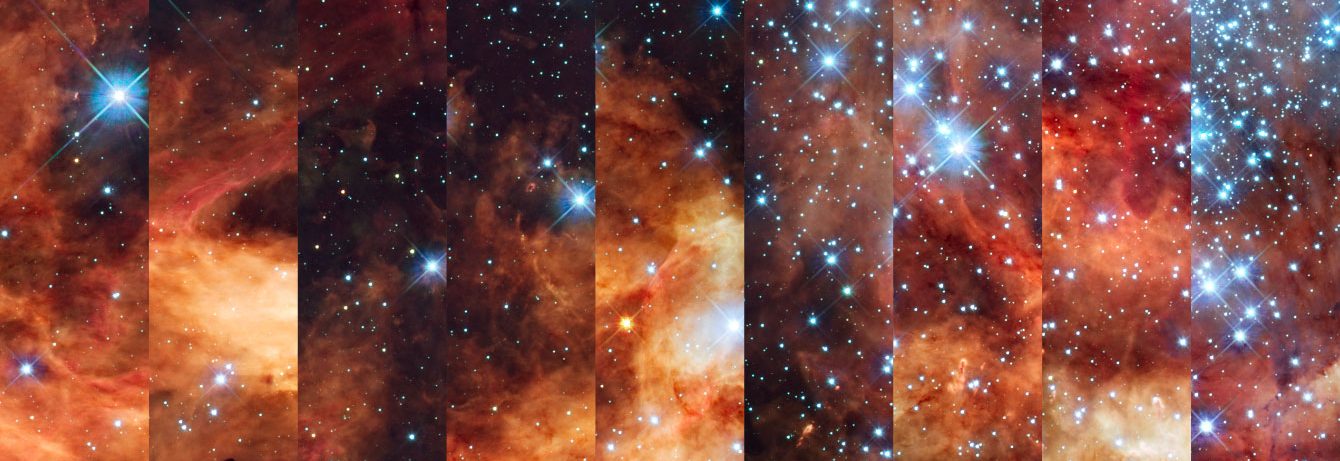News
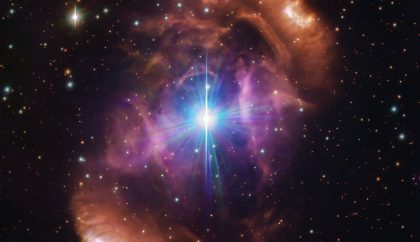
A clear view on magnetic stars through a beautiful nebula
An international team of astronomers have solved a stellar mystery utilizing new data from the European Southern Observatory (ESO), and confirm …
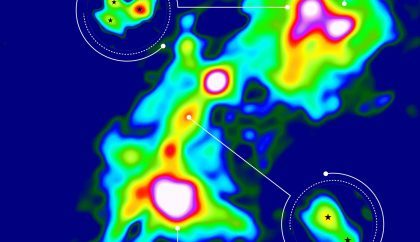
New observations confirm computer models how massive stars are born as multiples
Astrophysicists have predicted the multiplicity of massive star births for a long time. But so far, there was little observational evidence …
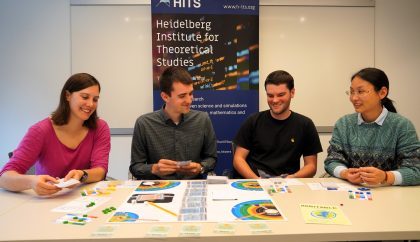
Habitable: More than just a game
What makes a planet habitable? How do you keep it habitable, how do you develop life, and what strategic decisions put …
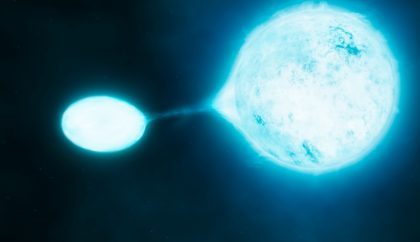
In “Campus Report”: The universal sound of black holes (in German)
The earth usually seems very big to us and, if we disregard the climate, also quite stable. In fact, it is …
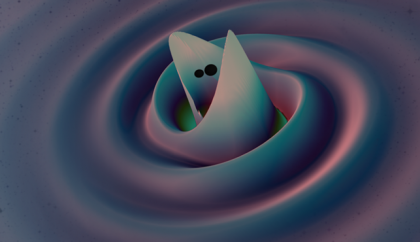
The Universal Sound of Black Holes
They are mysterious, exciting and inescapable – black holes are some of the most exotic objects in the Universe. With gravitational-wave detectors, …

A step forward: Workshop for the “Habitable” board game
A team of young researchers at HITS has received 10,000 euros in the university competition for the Science Year “Our Universe” to …

More than just a game: How long can there be life on Earth?
Researchers at the Heidelberg Institute for Theoretical Studies (HITS) receive 10,000 Euros in the university competition “Our Universe” for developing a board …

Girls, let your geek flag fly!
What happens to a neutron star after its formation? Why are big media cooperations looking for molecular biologists? How big can …

Exploring the life of binary stars
Since September 2022, astrophysicist Rajika Kuruwita has been the first fellow of the HITS Independent Postdoc Program. The program offers an opportunity …
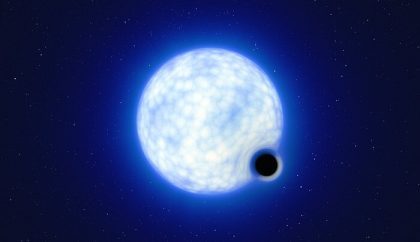
The invisible needle in a stellar haystack
An international research team with participation of HITS discovered a “dormant” black hole in a binary-star system outside our galaxy. These …
